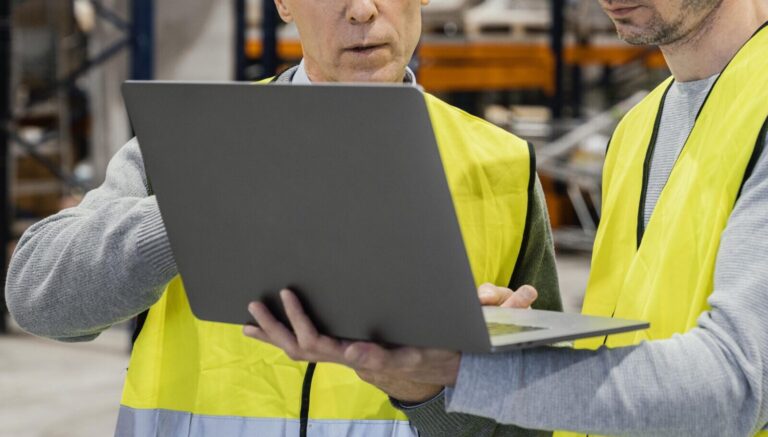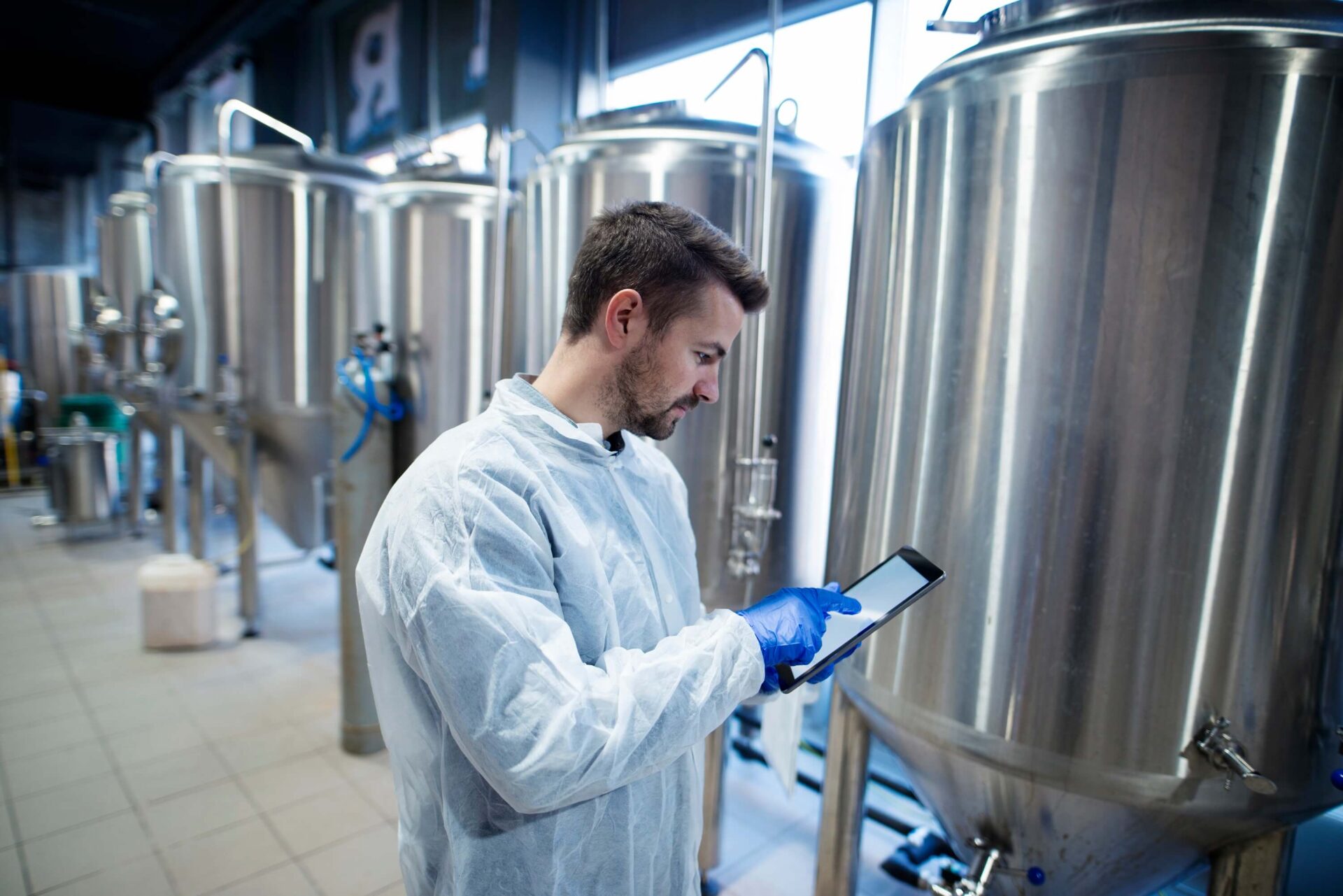Today, we’re diving into the practical application of product traceability. As consumers become more aware of what ends up on their plates, traceability—a concept that is gaining importance—ensures transparency in the production process. Every product you buy embarks on a journey, starting when raw materials enter the factory and follow various paths until they end up in your shopping bag. Product traceability plays a crucial role in providing transparency, which has become a key factor in today’s competitive market.
If you’re considering implementing product traceability in your company, you’re likely wondering what steps to take to automate the process effectively. This article will guide you through the process, helping you set up your infrastructure and team for a successful transition.
Preparing your company for automated traceability systems
Before rushing into the implementation of a traceability system, it’s important to remember that this is a time-consuming process. Additionally, you’ll need to prepare your infrastructure and team to ensure a smooth transition and maximize the benefits of traceability systems.
Let’s explore the steps involved in implementing such solutions in your manufacturing plant.
Product traceability in practice – Collect the necessary data
To implement an automated or semi-automated system in a manufacturing company, the first step is to gather relevant data or develop a strategy for managing it.
As mentioned earlier, traceability systems connect various pieces of data within the company, providing them with context. Depending on the industry, this data could include information on temperature, production time, raw materials, packaging, and tools. The goal of traceability is to link all production process data to a specific finished product or batch of final products.
Product traceability in practice – Identifying the final product
To replace a manual data collection system with an automated traceability system, you need to develop a method for identifying the final product—either virtually or through a physical code or label.
You also need to consider what type of data will be linked to this process and where the data will come from. If you have an automated system, you must know from which machines the data is sourced, where it is stored (e.g., in memory controllers or databases), and how this information is integrated with the production flow to track the transformation of raw materials into the finished product.
Product traceability in practice – Technical infrastructure
To run any IT application, you need a suitable environment (such as a server or computer) where the data will be stored, from which reports can be generated, and where managerial dashboards will be hosted. Companies often also need interfaces, tablets, or operator panels to track the entire process. In semi-automated systems, scanners are frequently used to identify components in the production process, meaning raw materials and tools must be labeled (e.g., using QR codes).
Why do production facilities avoid automated systems?
Many production companies are hesitant to implement automated systems for several reasons, with the primary one being a lack of knowledge. Additionally, companies are accustomed to paper-based reports and may not realize there are alternative ways to handle reporting. There’s also a fear that employees might not understand the change or its purpose, often tied to a general mistrust of automated systems. People tend to trust manual processes more than automated programs.
The fear of costs is another reason for this hesitation. In the past, implementing IT systems for manufacturing facilities was expensive because custom solutions had to be developed from scratch. However, this mindset is outdated, as many companies now have IT solutions that can be integrated with other systems, making automation more affordable, safer, and user-friendly.
Each company, its own traceability system
When it comes to traceability systems (especially automated ones), there is always a high level of customization involved. Every company develops differently, and each production facility has its machines, standards, and processes. Implementing traceability requires finding a compromise between existing processes and equipment and the chosen IT system.
In practice, I typically sit down with clients to explain various possible solutions, often dispelling many of the fears they had about automation. However, there is no one-size-fits-all approach—every company requires a unique solution.
Case study: Implementing an automated traceability system
Let’s visit a production facility that involves a multi-stage process where various raw materials are mixed and packaged.
Preparation phase
The manager of this company currently relies on manual traceability reporting, where operators fill out paper reports based on specific recipes, raw material sources, and identifying each stage of production.
However, the company’s rapid growth and high staff turnover have made this approach increasingly inefficient. Manual reporting has become error-prone, as new employees frequently make mistakes, and some handwriting is difficult to read.
The company is now open to automation. We begin by analyzing all processes, from receiving raw materials to packaging the product. We also calculate how much time is spent on documentation—several hours daily! Quick calculations reveal the potential return on investment (ROI) from implementing a semi-automated system by saving those hours.
We introduce scanners and operator panels but don’t entirely eliminate manual data entry since scanning still takes time. The goal is to reduce documentation time by 70%, primarily in machine areas, and eliminate manual data transfer from paper reports into Excel.
Implementation phase
Fast forward a few weeks, and the implementation is complete. The client had existing infrastructure, including servers and databases, so the “revolution” was limited to installing scanners and software. We then distributed this software to accessible points for managers and operators and configured everything accordingly.
The implementation was supported by change management and appropriate training for staff.
After a few weeks, everyone adapted to the system, and we concluded the pilot phase. We organized workshops to reflect on the lessons learned and created a roadmap for scaling the digital transformation across other production lines.
How long does it take to implement a traceability system?
The successful implementation of a semi-automated traceability system in this case study—from contract finalization to project completion—took less than a year, which is a good pace. While such implementations can be done faster, it’s essential not to rush the process. Building in milestones and pauses allows for real-time adjustments to the plan.
Traceability for your business
I hope traceability is now a clearer concept and that you understand how manufacturing companies track products throughout the production process. Whether you choose an automated or semi-automated system, remember that launching a pilot project on a small scale can provide the flexibility to modify your approach as you progress.
For more information, visit our CEO Adrian’s YouTube channel – Digitalizuj.pl.


